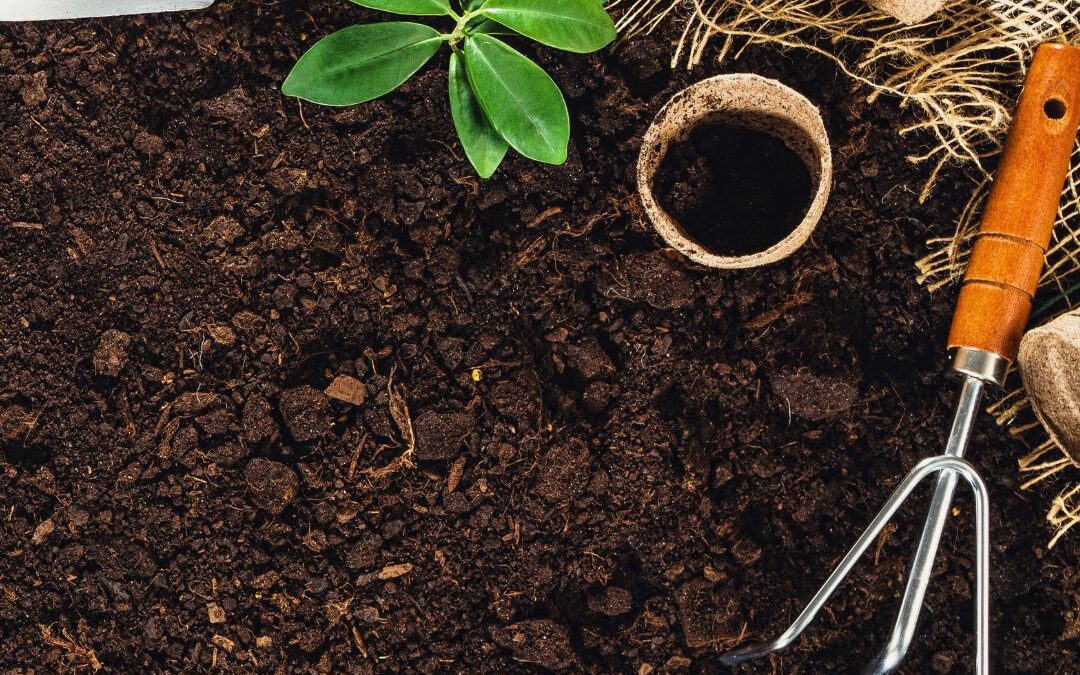This post may contain affiliate links, which means that I may receive a commission if you make a purchase using these links, with NO additional cost to you.
The calendar just flipped to May, and I can almost feel the collective sigh of relief across Zone 5. We’ve (mostly) made it through the frost-worry season, and now we can really dig in. But if you’re like me, May can quickly turn from exciting to overwhelming. So many seedlings, so little time!
This morning, I stood on my porch with coffee, watching the sunrise hit my garden beds. I realized something: the most successful growing seasons aren’t about doing everything—they’re about doing the right things at the right time.
So I’ve mapped out what truly needs your attention this month. No overwhelm, just clarity.
What to Plant Now
Direct Sow These Veggies:
- Beans (both bush and pole)
- Corn (once soil temperature hits 60°F)
- Cucumbers
- Summer squash
- Pumpkins and winter squash (mid-to-late May)
Safe to Transplant:
- Tomatoes (after Mother’s Day for most Zone 5 areas)
- Peppers
- Eggplant
- Basil and other tender herbs
Remember: Just because you can plant something doesn’t mean you must. Choose what your family will actually eat and what brings you joy to grow.
Essential May Tasks
- Harden off seedlings properly Give those indoor babies 5-7 days of gradual outdoor exposure before planting. An hour the first day, two the next, and so on. This small investment prevents the heartbreak of collapsed seedlings later.
- Mulch, mulch, mulch I cannot stress this enough! A good 2-3 inches of mulch now will save you hours of weeding and watering later. I use straw from our barn, but wood chips, leaves, or grass clippings work too.
- Set up support systems Get those tomato cages, bean poles, and cucumber trellises in place now—it’s so much easier than wrestling with established plants later.
- Create a simple watering plan May can be unpredictable with rainfall. Sprinklers on timers have saved my sanity more than once.
What Can Wait
When the to-do list gets overwhelming, remember these tasks can actually wait until June:
- Planting heat-loving flowers like zinnias and sunflowers
- Starting fall crops like broccoli and cauliflower
- Fertilizing established perennials
My Simple May Rhythm
Instead of trying to do everything at once, I’ve found peace in breaking May into thirds:
- Early May: Focus on soil prep and hardening off seedlings
- Mid-May: Plant warm-season crops and set up supports
- Late May: Mulch everything and fine-tune watering systems
This approach has given me back precious hours to actually enjoy spring rather than just survive it.
I’d love to hear: What’s your biggest May garden challenge? Drop a comment below or message me—I read every response.
Here’s to growing with grace,
Cassandra
P.S. If garden planning overwhelms you, my Beginner Gardening Course might be just what you need. I created it specifically for busy farm wives who want to grow beautiful, productive gardens without the stress. It walks you through exactly what to do each week in Zone 5, with simple systems that work even when life gets hectic. Grab the Gardening Basics Course
As I’ve grown as an entrepreneur, mom, gardener, and livestock owner, I struggled to find a planner that met my needs and kept me organized. So, I MADE MY OWN. You can look at it on the link below and buy it on Amazon.
Don’t want the whole calendar part? I got you! I pulled the gardening and animal care pages out and put them in a book all their own.
Wanting a community to lean into? Join the FREE Thriving Through Farm Life: Wife’s Support Network! In our community, we embrace the challenges of farm life and provide a supportive space for wives facing the complexities of managing a family farm. Whether you’re navigating financial pressures, day-to-day operations, or seeking ways to create a thriving home, we’re here for you. Explore garden and preservation tips for cultivating your oasis, share insights on animal care, and discover practical family budgeting strategies. Together, let’s grow through challenges, flourish authentically, and sow the seeds for a resilient and thriving farm life. Join us on this journey of resilience and abundance!

